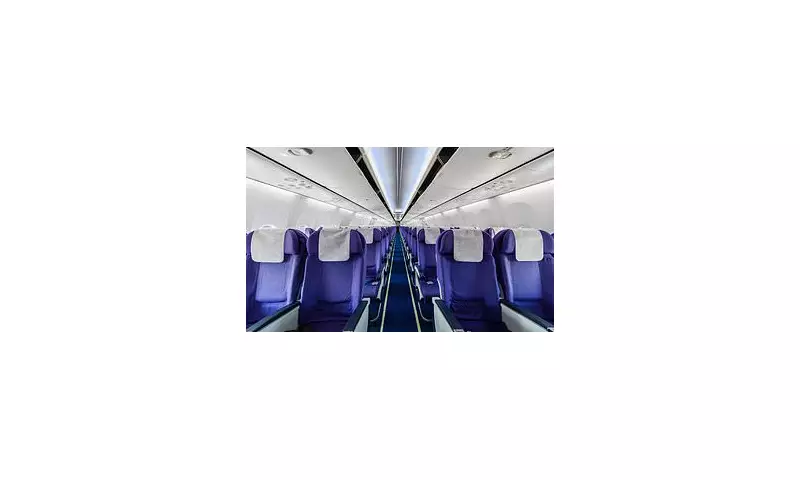
Air travellers are facing increasingly cramped conditions as new analysis reveals the dramatic differences in seat dimensions across major airlines. While some carriers maintain reasonable comfort standards, others are squeezing passengers into spaces that would make even a contortionist think twice.
The Tightest Squeeze in the Skies
Recent research has identified the airlines offering the most minimal legroom and narrowest seating configurations. At the bottom of the comfort scale, several carriers provide just 28-29 inches of seat pitch - the distance between a point on one seat and the same point on the seat in front. To put this in perspective, that's roughly the height of an average carry-on suitcase.
Who's Cutting Corners on Comfort?
The investigation compared economy class configurations across both short-haul and long-haul operators. Low-cost carriers naturally featured prominently among the most cramped, but surprisingly, some full-service airlines also ranked poorly when it came to basic seat dimensions.
The findings reveal a clear pattern: airlines are gradually reducing personal space to maximise passenger numbers and boost profitability. This 'sardine syndrome' has become particularly pronounced on high-demand routes where every square inch of cabin space translates to revenue.
What These Measurements Actually Mean For You
Seat pitch directly affects your ability to stretch your legs, access the underseat storage, and simply avoid feeling claustrophobic during your journey. Meanwhile, seat width determines whether you'll be playing elbow wars with your neighbour throughout the flight.
For taller passengers, the implications are even more significant. Those over six feet may find themselves with knees pressed firmly against the seatback in front, making even short flights an exercise in discomfort.
The Impact on Passenger Experience
Beyond immediate discomfort, reduced seat dimensions have broader implications for passenger wellbeing. Medical experts have repeatedly warned about the increased risk of deep vein thrombosis on long-haul flights with limited legroom. The psychological impact of prolonged confinement in tight spaces shouldn't be underestimated either.
How Airlines Justify the Squeeze
Carriers defend their shrinking seats by pointing to competitive pricing pressures and consumer demand for cheaper fares. The aviation industry argues that most passengers prioritise cost over comfort, especially on shorter routes where flight duration might be just an hour or two.
However, consumer advocacy groups counter that this creates a race to the bottom where even passengers willing to pay for reasonable comfort find their options limited. The gradual nature of these reductions means many travellers don't notice the creeping invasion of their personal space until it's too late.
Knowing Your Options
For those determined to avoid the worst of the cramped conditions, research is key. Many airlines now offer 'premium economy' or 'extra legroom' seats for an additional fee, though these upgrades can sometimes double the cost of the basic fare.
Smart travellers are increasingly factoring seat dimensions into their booking decisions, particularly for flights over three hours where comfort becomes more than just a luxury.
The Future of Airline Seating
As aircraft manufacturers develop new seating configurations that promise even greater density, the debate over minimum space requirements is likely to intensify. Aviation authorities face growing pressure to establish and enforce basic comfort standards, much like they do with safety regulations.
Until then, the message to travellers is clear: do your homework before booking, or you might find yourself folded into a space that would challenge even the most flexible yoga enthusiast.





